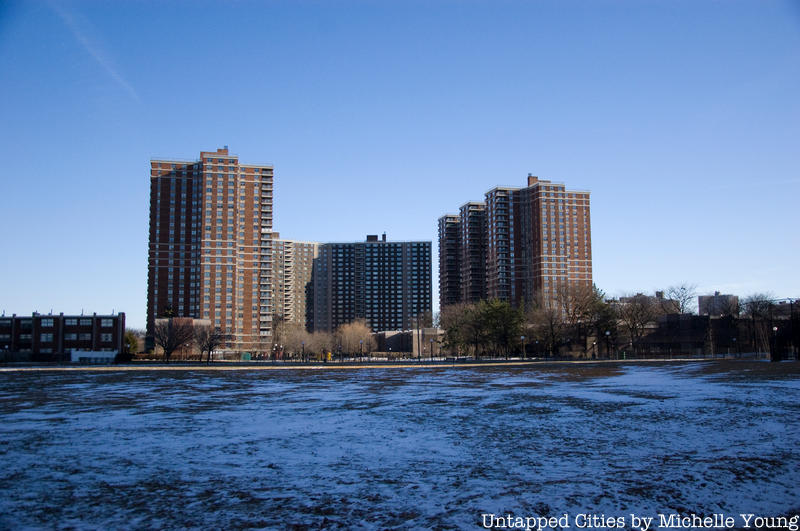9. The Fathers of Co-op City

Co-op City was a product of a collaboration by three very different men: Robert Moses, Governor Nelson Rockefeller, and Abraham E. Kazan, a leftist former garment worker turned non-profit housing developer.
Kazan was the leader of United Housing Foundation, an organization closely affiliated with labor unions, and he had developed housing cooperatives to provide affordable housing for workers starting in the 1920s. Despite obvious ideological differences, he worked well with Rockefeller and Moses, because they shared an emphasis on and ability to implement major projects.
At Co-op City, the units were (and still are) limited-equity co-ops, meaning the residents collectively own the buildings but cannot profit from resale of their units. Rockefeller provided state loans through the Mitchell-Lama program and Moses used his power to smooth the way for project approval.
Rockefeller once complimented Kazan’s business acumen and noted that Kazan could have been successful in the private sector. In an often quoted reply Kazan asserted “I am a cooperator, interested only in building the cooperative commonwealth.”
As for Moses, he once praised Kazan as a “successful realist” and at the Co-op City groundbreaking, in language rarely associated with his master builder persona, went so far as to say that the project represented “democracy in action, socialism without communism, self-government without bureaucracy.”





